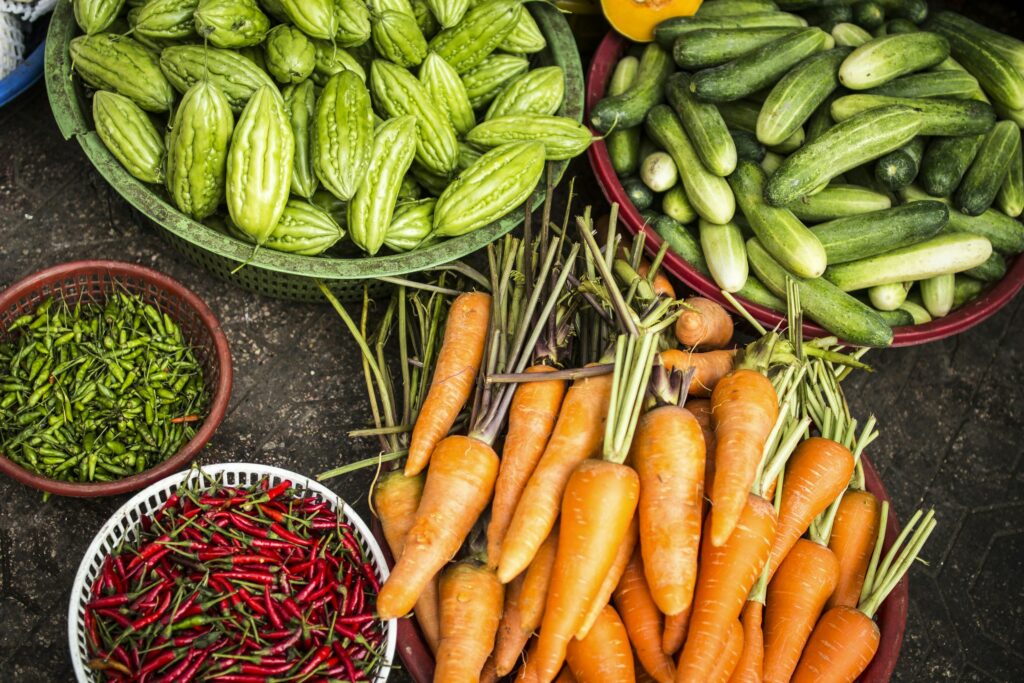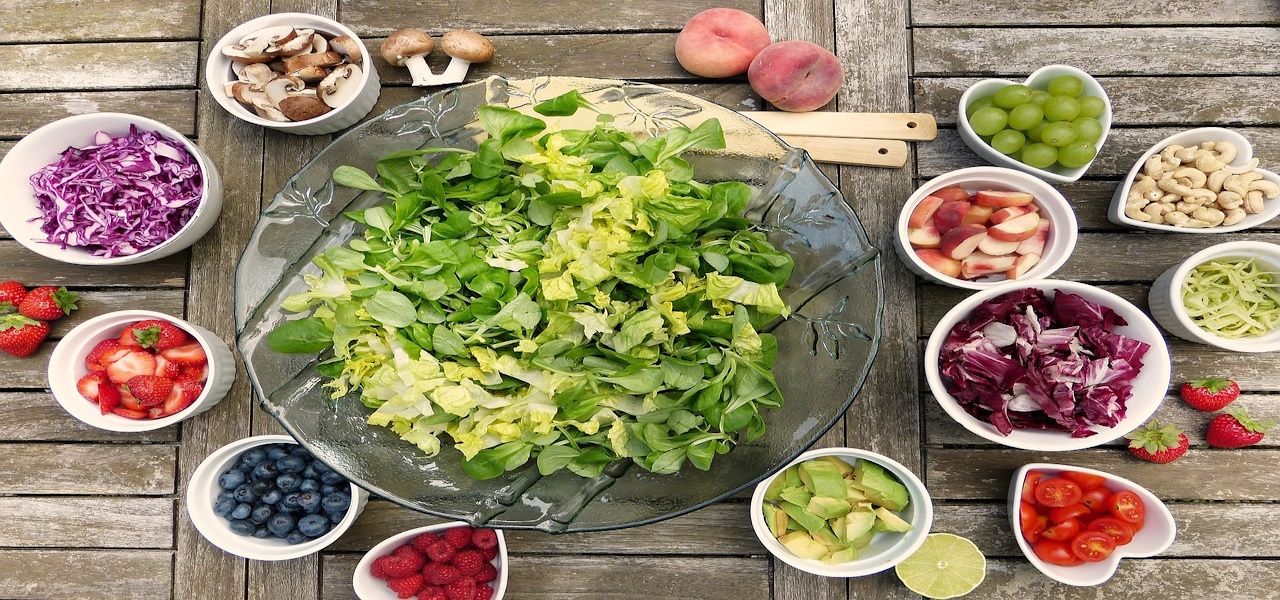The prostate gland is a small but essential organ in the male reproductive system. The prostate is small but crucial for male health; understanding it helps you make informed health decisions. This article covers prostate anatomy, functions, and risk factors for enlargement and cancer. Learn the best and worst foods for prostate health and how lifestyle choices like cycling and sitting impact it.
Anatomy and Physiology of the Prostate Gland
The prostate is a walnut-sized gland located just below the bladder and in front of the rectum. It wraps around the urethra, the tube responsible for carrying urine and semen out of the body. The prostate has multiple zones, each with specific roles, including converting testosterone to DHT for prostate function.
The gland is made up of both glandular (secretory) tissue and smooth muscle fibers. Its primary function is to produce a fluid that forms part of the semen. This fluid helps to nourish and transport sperm, providing an optimal environment for sperm mobility and fertility.
Main Functions of the Prostate
- Production of Seminal Fluid: The prostate secretes a slightly alkaline, milky fluid that makes up about 30% of the semen volume. This fluid helps to protect sperm and facilitates their movement through the female reproductive tract.
- Regulation of Urine Flow: Because the prostate surrounds the urethra, its muscles help control urine flow. The gland can contract and relax to regulate the release of urine from the bladder.
- Hormonal Regulation: The prostate plays a role in the conversion of testosterone to dihydrotestosterone (DHT), a more potent androgen that is crucial for prostate development and function.
Does the Prostate Have a Detoxing Role?
Contrary to some misconceptions, the prostate does not have a direct detoxing role in the body. While essential for reproductive health, the prostate does not detoxify like the liver or kidneys. However, maintaining prostate health can indirectly support overall bodily functions, including immune response and hormonal balance.
Risk Factors for Prostate Enlargement and Cancer
Prostate enlargement (BPH) and cancer are common, especially in aging men. Understanding the risk factors can help in prevention and early detection.
- Age: The risk of prostate enlargement and cancer increases significantly with age, particularly in men over 50.
- Family History: A family history of prostate cancer can increase your risk. If a father or brother has had prostate cancer, you are more likely to develop the disease.
- Ethnicity: African American men have a higher risk of aggressive prostate cancer than other ethnicities.
- Diet and Lifestyle: Diets high in red meat, dairy products, and high-fat foods have been linked to an increased risk of prostate issues. A sedentary lifestyle can also elevate the risk.
- Hormonal Factors: Elevated levels of testosterone and related hormones can contribute to prostate growth, increasing the risk of BPH and prostate cancer.
- Obesity: Being overweight or obese is associated with a higher risk of prostate cancer and can also worsen symptoms of prostate enlargement.
Best Foods for Prostate Health
Maintaining a healthy diet is essential for prostate health. Here are some of the best foods that can support your prostate:

- Tomatoes: Rich in lycopene, a powerful antioxidant, tomatoes can help reduce the risk of prostate cancer. Cooking tomatoes, such as in sauces or soups, can enhance lycopene absorption.
- Green Tea: Contains catechins, which have anti-inflammatory and anti-cancer properties that can benefit prostate health.
- Nuts and Seeds: Pumpkin seeds, walnuts, and flaxseeds are high in zinc, which plays a crucial role in maintaining prostate health.
- Cruciferous Vegetables: Vegetables like broccoli, cauliflower, and Brussels sprouts contain sulforaphane, which can help reduce cancer risk by supporting detoxification enzymes.
- Fatty Fish: Salmon, mackerel, and sardines are rich in omega-3 fatty acids, which have anti-inflammatory effects and can lower prostate cancer risk.
- Berries: Strawberries, blueberries, and raspberries are high in antioxidants that help fight inflammation and protect cells from damage.
Worst Foods to Avoid for Prostate Health
Certain foods can negatively impact prostate health and should be consumed in moderation:

- Red and Processed Meats: Diets high in red meat and processed meats like bacon, sausages, and hot dogs can increase the risk of prostate cancer.
- Dairy Products: High consumption of dairy, especially full-fat milk, cheese, and butter, has been associated with an increased risk of prostate cancer.
- Fried Foods: Foods cooked at high temperatures, such as fried chicken or French fries, can contain harmful compounds that may increase cancer risk.
- Alcohol: Excessive alcohol consumption can lead to inflammation and negatively affect prostate health.
- High-Sugar Foods: Sugary snacks and beverages can contribute to obesity, which is a known risk factor for prostate problems.
Does Sitting, Cycling, or Lack of Exercise Affect Prostate Health?
Prolonged sitting, cycling, and lack of exercise can have an impact on prostate health, though the evidence is mixed.
- Prolonged Sitting: Extended periods of sitting can cause pelvic congestion and increase pressure on the prostate, potentially exacerbating symptoms of BPH. It is advisable to take breaks and move around every hour.
- Cycling: Cycling does not directly cause prostate enlargement or cancer. However, prolonged cycling on a hard saddle can lead to temporary discomfort and irritation of the prostate, especially if the saddle is not properly fitted. Using a well-padded or prostate-friendly saddle can help reduce pressure on the perineum and prostate.
- Lack of Exercise: A sedentary lifestyle is a risk factor for obesity, which in turn can increase the risk of prostate enlargement and cancer. Regular exercise improves circulation, helps maintain a healthy weight, and reduces inflammation, all of which are beneficial for prostate health.
Prevention Tips for Reducing Morbidity
- Regular Screenings: Men over 50, or earlier if you have risk factors, should have regular prostate screenings, including a prostate-specific antigen (PSA) test and digital rectal exam (DRE). Early detection of prostate issues can significantly improve treatment outcomes.
- Maintain a Healthy Weight: Keeping a healthy weight through diet and exercise can reduce the risk of prostate problems. Aim for at least 150 minutes of moderate exercise, such as walking, swimming, or cycling, each week.
- Stay Hydrated: Proper hydration supports overall urinary tract health and can help minimize urinary symptoms associated with BPH.
- Limit Alcohol and Caffeine: Reducing the intake of alcohol and caffeinated beverages can alleviate urinary symptoms and reduce prostate irritation.
- Manage Stress: Chronic stress can lead to hormonal imbalances that may affect the prostate. Incorporating relaxation techniques such as meditation, yoga, or deep breathing exercises can be beneficial.
Conclusion
The prostate gland is a crucial component of the male reproductive system, and maintaining its health is essential for overall well-being. By understanding the prostate’s anatomy and functions, recognizing risk factors, and adopting a healthy lifestyle, you can reduce your risk of prostate enlargement and cancer. Eating a balanced diet rich in fruits, vegetables, and lean proteins, staying active, and avoiding harmful foods are key steps in supporting prostate health. Regular screenings and staying informed about prostate health are also vital, particularly as you age. Taking these proactive measures can help you maintain a healthy prostate and reduce the risk of complications.
